How, when and what to feed the beets in July-August: the secrets of agricultural technology to get a rich harvest
At first glance, it seems that beets grow in the garden almost by themselves. However, this is a misleading impression. You will need some knowledge and competent care to get tasty, sugary fruits of the right size. Such beets are rich in vitamins and decorate the usual dishes with this root vegetable.
In this article, we will reveal the secrets of farming techniques for a bountiful harvest. We will tell you how and with what to feed beets in June, July and other months. Experienced farmers will provide useful advice on growing crops. Here you will find recipes for organic and mineral fertilizers.
The content of the article
Why feed beets
Top dressing of beets in the open field is one of the main growing conditions... The culture loves fertile soils, reacts painfully to a lack of fertilization. Required food elements are phosphorus, potassium, nitrogen. At each stage of growth, the need for nutrients is different. Most of all, the root crop needs feeding a month after the first shoots appear.
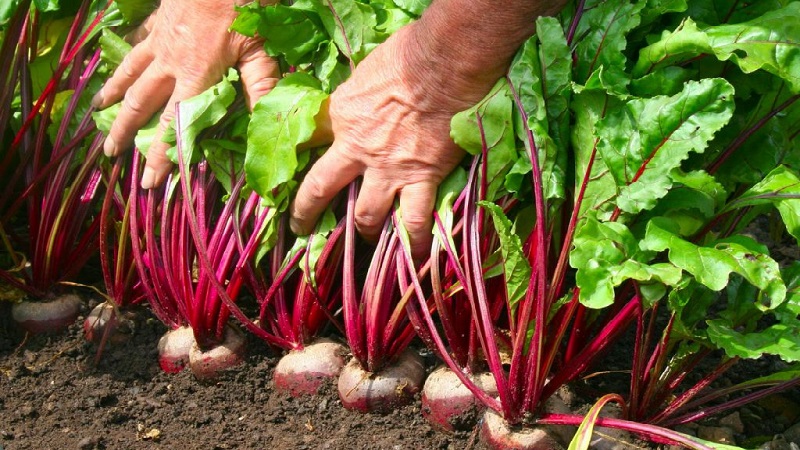
The best formulations for feeding
There are many organic and mineral fertilizers. Let's figure out how to feed the beets for a bountiful harvest, and what fertilizers to choose for this.
Chicken droppings
At the beginning of growth, plants need nitrogen fertilizers.... A suitable option is chicken droppings. Organic fertilizing is used on all types of soils, but it gives the greatest effect on acidic soil.
Chicken droppings are diluted with water in a ratio of 1:12. In order not to burn the roots, the solution is poured into the grooves between the plants or in the aisle. For 10 m2, use 10-12 liters.
Attention!Observe proportions and dosages. An excess of nitrogen fertilizers leads to the accumulation of nitrates in the roots.
Saline solution
Redness of leaves in beets is a signal for the use of saline solution... Salt improves the taste of the fruit, giving it, paradoxically, sugariness. Top dressing carried out no more than two times per season: for the first time at the beginning of growth, the second time - while pouring root crops. To prepare the solution, a handful of salt is dissolved in a bucket of water.
Weed infusion
 Take your time to throw away the weeds. An affordable way to feed beets is weed tincture. It's easy to cook it:
Take your time to throw away the weeds. An affordable way to feed beets is weed tincture. It's easy to cook it:
- The herb is placed in the barrel so as to fill a third of the container.
- Pour water to the top and leave to ferment for 5-7 days.
- The finished infusion is diluted with water in a ratio of 1:10.
- Water the plants one liter at the root.
- Fertilizer can be used every two weeks.
It can be useful:
When and how to plant beet seeds
Mineral fertilizers
Along with organic fertilizing, mineral fertilizers are used... They begin to make them in the fall, for digging the soil, or in early spring, during the preparation of the beds for planting. Consider what types of mineral fertilizers need to be applied and what time to choose for this:
- In the fall, 1 tbsp is laid per square meter of the bed. l. ammonium nitrate, 2 tbsp. l. superphosphate, 1 tbsp. l. potassium sulfate.
- For spring planting, add 100 g of nitrophoska, 30 g of potassium sulfate and 3-5 kg of humus (or compost).
On heavy and acidic soils, sawdust is used to improve the structure... Lime should be added at the same time, since sawdust acidifies the soil: 1 kg per sq. m beds.
Ash infusion
Wood ash is a valuable fertilizer that can be prepared at home... Ash improves the soil structure by replacing phosphorus-potassium fertilizers. It contains potassium, copper, magnesium, boron.
Feeding beets with ash applies twice a season: after planting seeds and during the formation and growth of fruits. The solution is prepared at the rate of 2 glasses of ash per 10 liters of water, insist for two hours and water the beds.
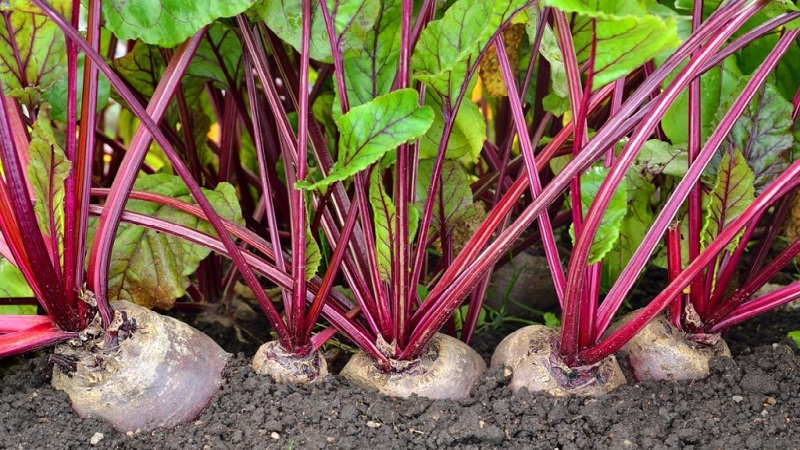
Boric acid
Beet feeding with boric acid has a positive effect on root crops:
- increases seed germination;
- improves the taste (sugar content) of the fruit;
- protects plant roots from decay;
- forms immunity to disease.
The first time boric acid fertilization is carried out when the seeds are soaked... A solution is prepared from 0.2 g of acid and 1 liter of water, the planting material is kept in it. During the period of growing green mass and growth of the fruit, foliar feeding is carried out: 0.5 tsp. acids are dissolved in 1 liter of water. Root dressing is used when there is a lack of boron in the soil.
Attention! The peculiarity of the solution preparation is that boric acid is dissolved only in hot water.
Yeast
Feeding with ordinary store yeast improves the formation of root crops, increases the resistance of beets to diseases. Fertilize plants throughout the growing season. The solution is prepared as follows: 0.5 kg of yeast and 0.5 l of jam (sugar) are diluted in 10 l of warm water, insisted for a day in a warm place. Then dilute 1 liter of infusion in 10 liters of water and water the beets at the root.

There are other types of organic dressings. The simplest and most affordable of them:
- Potassium permanganate solution - protects the plant from the black leg. Processing is carried out up to five times per season, starting from the appearance of the first shoots.
- Hydrogen peroxide - lightens the soil structure by saturating it with oxygen. Root crops grow quickly in such soils, they get sick less. Fertilizer is prepared at the rate of 2 tbsp. l. on a bucket of water.
- Top dressing with lime - especially recommended for acidic soils. A glass of lime is stirred in 10-12 liters of water. Fertilizer is applied once a season in the fourth leaf phase.
Important!Watered with lime carefully and at the root so as not to burn the beet leaves. All fertilizers are applied in cloudy weather or in the early and evening hours.
What to feed by months
At each stage of growth, beets need certain fertilizers.: nitrogen, potash and phosphorus. Let's take a closer look at the work schedule by month.
In June
At the beginning of the growing season, nitrogen fertilizers are used for active germination of seeds, regrowth of green mass and development of the root system. When and how to feed beets in June:
- For the first time, add mullein diluted in water in a ratio of 1:10. The procedure is carried out immediately after the appearance of the second leaf, watering between the rows.
- Two weeks later, ammonia is used in the calculation of 1 tbsp. l. on a bucket of water. Ammonia repels pests and strengthens plant immunity.
Attention. When applying nitrogen fertilizers, observe the proportions. With an excess of them, the root system develops poorly, and the tops, on the contrary, will be powerful.
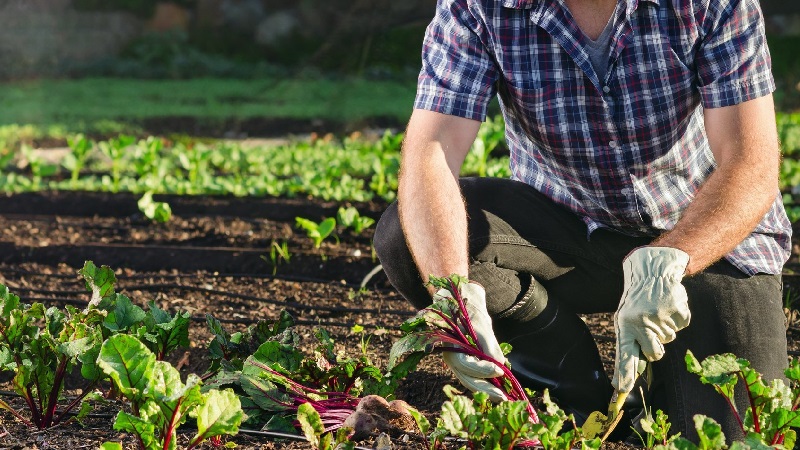
In July
At this time, a root rosette is formed in the beets. Top dressing in July should be aimed at forming and pouring the root crop. For this, potassium preparations are used.:
- potassium nitrate is diluted in water in a proportion of 2 tbsp. l. substances per 8 liters of water;
- table salt is dissolved in water: 2 tbsp. l. salt, a bucket of water.
In August
By the end of summer, beets complete the formation of a root crop, accumulate nutrients and taste. How to feed beets in August?Use potassium-phosphorus fertilizers... The solution is prepared at the rate of: 2 tbsp. l. superphosphate, 1-2 tbsp. l.potassium chloride, 10 liters of water. Watered at the root one month before harvest.
Lovers of organic farming use folk remedies for feeding beets in August: ash or yeast.
Read also:
Do I need to pick off the leaves of beets during growth
What to do when beet leaves turn yellow and it does not grow
What are the different feeding beets for?
Growing beets without the right fertilization will not give the desired result... Often novice gardeners ask the question: how to water the beets so that they are sweet and the fruits grow large? The root crop needs specific fertilization at each stage of growth.
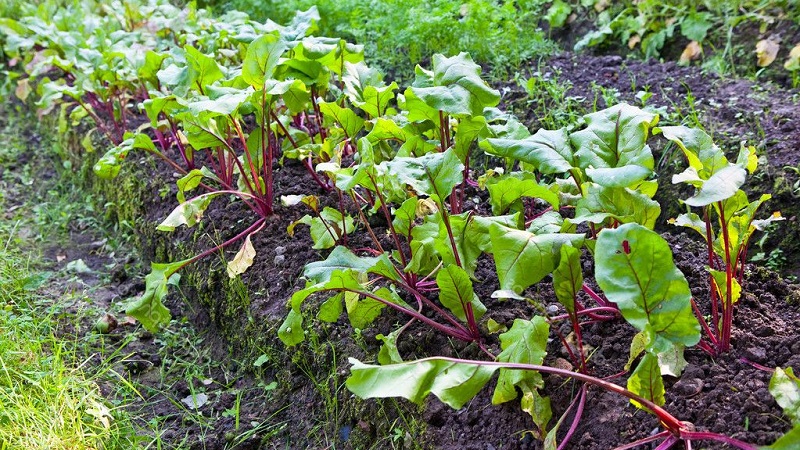
To start the roots
For this purpose, beets you need to feed with compounds that contain boron and manganese... These are potash-phosphorus fertilizers such as yeast, boric acid, wood ash.
To make her grow
At the beginning of the growing season, beets grow tops and need nitrogen fertilizers.... During this period, the following dressings are made:
- infusion of mullein or bird droppings;
- ammonia;
- foliar feeding with urea infusion: 20 g of urea, 10 liters of warm water insist for 20 minutes;
- spraying with boric acid solution: 1 tsp. acids on a bucket of water.
In order for the beets to grow well, they are watered twice a week until the root crop is formed., then switch to one-time watering. The beds are kept clean, the aisles are mulched.
To make the beets sweet
Juice and sugar content of the root crop will be given by fertilization with sodium nitrate or table salt... Applied for root and foliar dressing three times per season:
- In the sixth leaf stage.
- When the root crop appears from the soil.
- Two weeks after the second feeding.
Fertilization rules
Feeding beets in the open field, observe the following rules:
- Work in the evening.
- Apply root fertilizers only after watering.
- Use nitrogen fertilizers at the beginning of growth.
- In order not to harm the plants, observe the exact proportions in the recipes. An excess of nitrogen will lead to the accumulation of nitrates in root crops.
- Soak between dressings for at least 14 days.
Feeding scheme
Fertilizing beets correctly will help feeding scheme:
- The first is at the beginning of growth, after the appearance of the second leaf. During this period, the beets are thinned out and nitrogen fertilizers are used (mullein, bird droppings, ammonia).
- The second is when the leaves close at the tops. Use mineral fertilizers or ash.
- Third - when the root crop appears from the ground, potash fertilizers are applied (boric acid, potassium salt, superphosphate).
- Fourth - two weeks after the previous one.
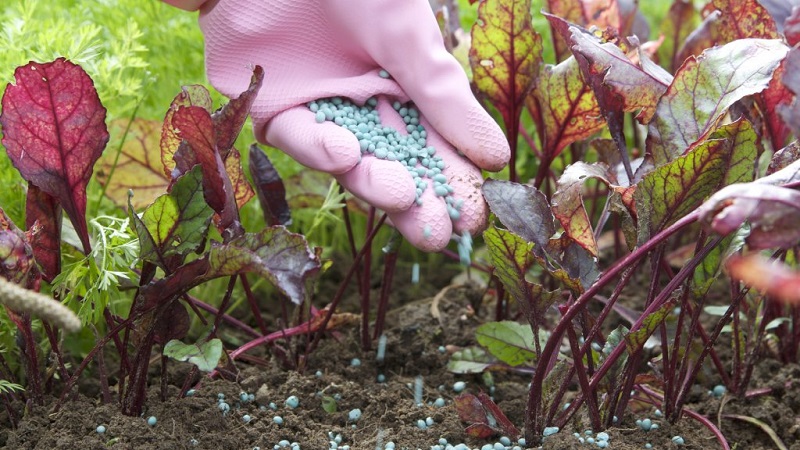
How to understand what the root crop is missing
Beetroot is a plant that is sensitive to care, and it starts to ache when there is a lack of nutrition. Consider the main symptoms of nutritional deficiencies:
- heart rots - lack of boron;
- rounded yellow spots on the tops - lack of potassium;
- leaves turn red - there is not enough sodium;
- a summer fly or a white butterfly appeared - sprinkle with table salt;
- leaves grow poorly - carry out nitrogen fertilization;
- light spots with a brown border (cercospora) appeared - apply potash fertilizers.
Tips and tricks from experienced farmers
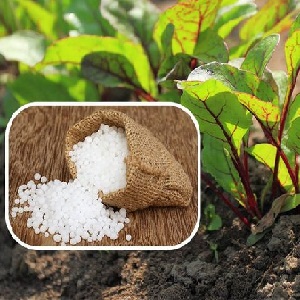 Over the years, farmers have accumulated a lot of experience in growing beets. Here are some tips and tricks on how to care for your culture:
Over the years, farmers have accumulated a lot of experience in growing beets. Here are some tips and tricks on how to care for your culture:
- Growing beets in the open field requires fertilizing with nitrogen, potash and phosphorus fertilizers.
- At the beginning of tops growth, use only nitrogen fertilizers.
- Observe the leaves of the beets and apply top dressing depending on the needs of the plant.
- To avoid damaging the plant, fertilize only after watering.
- Use more organic fertilizers.
- Perform root and foliar feeding.
Conclusion
We told in detail how to feed beets for a good harvest, we outlined the timing of the introduction of nitrogen, potash and phosphorus fertilizers by months.You learned that watering the beds with table salt gives sugar content to root crops and repels pests. The use of chicken manure, ash, yeast for feeding beets will help grow an environmentally friendly product.
Using our recommendations, you can easily understand what nutrients are missing in your beets in your garden, and take steps to ensure that they grow healthy.